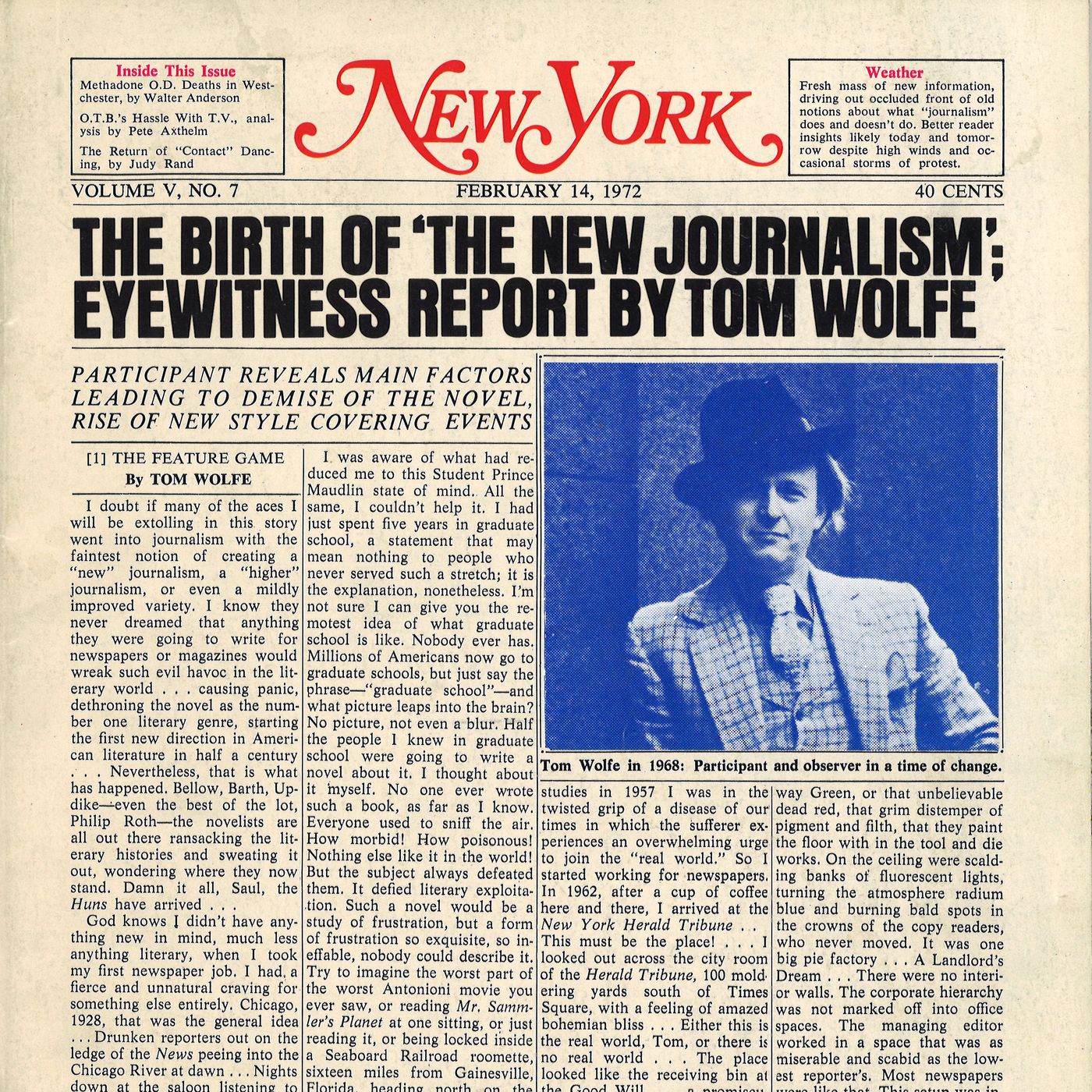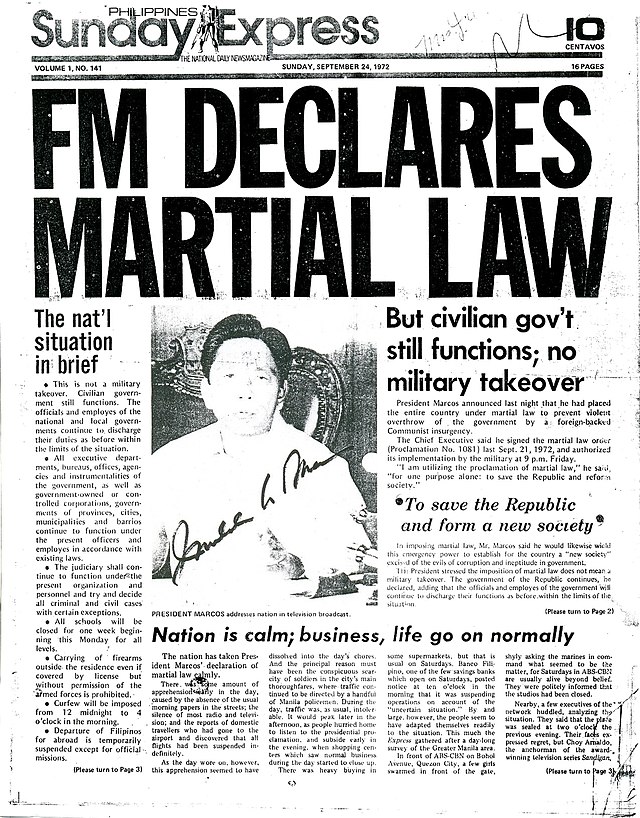Not known Facts About News Articles
Not known Facts About News Articles
Blog Article
The 9-Second Trick For News Articles
Table of ContentsSome Known Details About News Articles 6 Easy Facts About News Articles ShownNot known Incorrect Statements About News Articles How News Articles can Save You Time, Stress, and Money.The 20-Second Trick For News Articles
Good expertise of different topics gives pupils an one-upmanship over their peers. Even though digital and social networks are conveniently easily accessible, we should not neglect how crucial it is to read the papers. Moms and dads should attempt and inculcate the routine of checking out a paper as a daily routine to proceed the legacy of the revered print tool.Information stories also include at the very least one of the adhering to vital characteristics family member to the designated target market: distance, prestige, timeliness, human passion, quirk, or repercussion.
Within these restrictions, newspaper article likewise aim to be comprehensive. However, various other aspects are included, some stylistic and some originated from the media type. Among the larger and much more reputable newspapers, fairness and balance is a major consider presenting details. Discourse is generally restricted to a different area, though each paper may have a different general slant.
Papers with an international target market, for instance, tend to use an extra formal design of composing. News Articles.; usual style overviews include the and the United States News Design Book.
Some Known Details About News Articles
As a regulation, reporters will not use a long word when a short one will do. They utilize subject-verb-object building and construction and dazzling, active prose (see Grammar). They offer anecdotes, examples and metaphors, and they seldom depend upon generalizations or abstract concepts. News writers try to prevent making use of the exact same word greater than once in a paragraph (sometimes called an "echo" or "word mirror").
Nonetheless, headings often leave out the subject (e.g., "Leaps From Boat, Catches in Wheel") or verb (e.g., "Cat woman fortunate"). A subhead (also subhed, sub-headline, subheading, caption, deck or dek) can be either a subservient title under the primary headline, or the heading of a subsection of the article. It is a heading that comes before the major message, or a group of paragraphs of the main message.

Added signboards of any of these types might appear later on in the post (especially on succeeding pages) to entice more reading. Such signboards are likewise made use of as pointers to the write-up in other areas of the publication or website, or as promotions for the item in other magazine or websites. Normal structure with title, lead paragraph (summary in strong), various other paragraphs (information) and get in touch with information.

Example of a hard-lead paragraph NASA is proposing another room task. The agency's budget demand, introduced today, consisted of a plan to send another mission to the Moon. This moment the firm really hopes to establish a long-term facility as a jumping-off factor for various other area experiences. The budget demands roughly $10 billion for the job.
The NASA announcement came as the firm requested $10 billion of appropriations for the job. An "off-lead" is the site second essential front web page information of the day. The off-lead appears either in the leading left corner, or straight listed below the lead on the. To "hide the lead" is to start the write-up with background details or information of additional value to the readers, compeling them to check out more deeply into a write-up than they must have to in order to uncover the vital points.
News Articles Can Be Fun For Everyone
Common usage is that view it a person or 2 sentences each create their own paragraph. Journalists typically define the company or framework of a newspaper article as an inverted pyramid. The crucial and most fascinating elements of a tale are put at the beginning, with sustaining info complying with in order of lessening value.
It allows individuals to explore a topic to only the deepness that their curiosity takes them, and without the imposition of information or nuances that they could take into consideration irrelevant, yet still making that info readily available to much more interested visitors. The upside down pyramid structure additionally makes it possible for write-ups to be trimmed to any kind of approximate length during design, to suit the area available.
Some writers start their tales imp source with the "1-2-3 lead", yet there are lots of kinds of lead offered. This layout usually starts with a "5 Ws" opening up paragraph (as described over), complied with by an indirect quote that serves to sustain a major aspect of the initial paragraph, and afterwards a direct quote to sustain the indirect quote. [] A twist can refer to several points: The last story current broadcast; a "satisfied" story to finish the show.
Longer write-ups, such as publication cover articles and the pieces that lead the inside areas of a paper, are known as. Feature stories differ from straight news in a number of means.
News Articles Fundamentals Explained
The journalist often details interactions with meeting subjects, making the item a lot more individual. An attribute's first paragraphs commonly relate an interesting minute or occasion, as in an "unscientific lead". From the particulars of an individual or episode, its sight swiftly expands to abstract principles about the tale's topic. The area that signals what an attribute has to do with is called the or signboard.

The Editor's Toolbox: A Reference Overview for Beginners and Professionals (2001) Allan M. Siegal and William G. Connolly. The New York City Times Handbook of Style and Use: The Authorities Design Overview Utilized by the Writers and Editors of the World's Most Reliable Paper (2002) M. L. Stein, Susan Paterno, and R.
Report this page